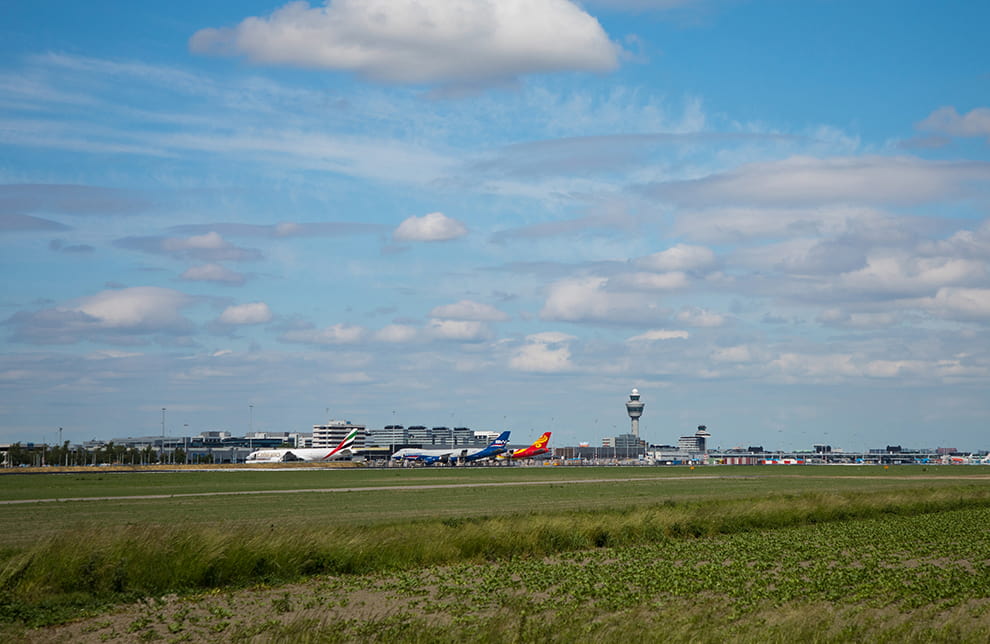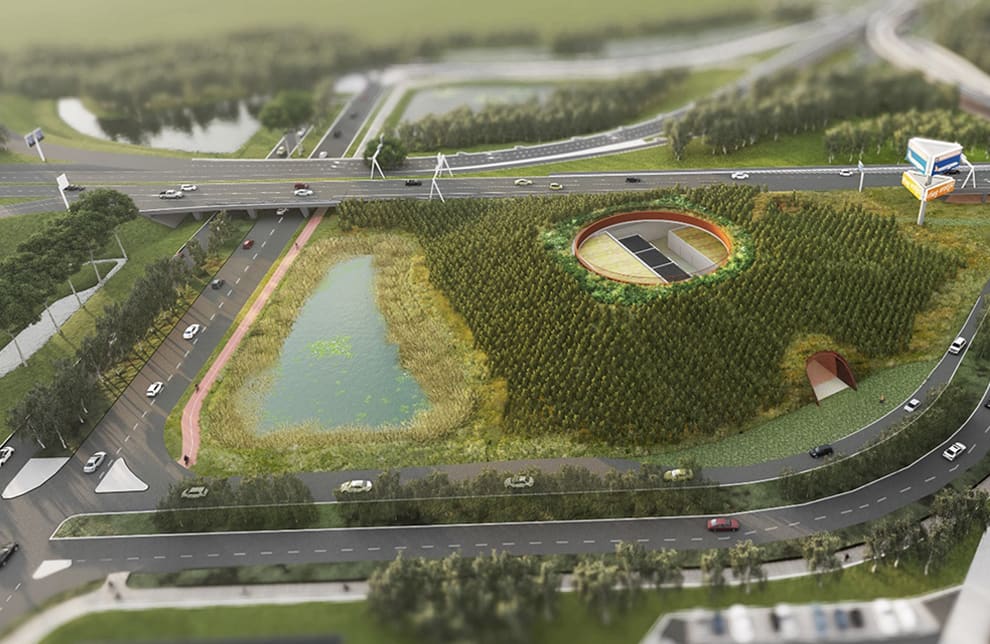Sustainable aviation gaining speed
With a 25 million euro subsidy from the European Commission, 29 European parties will be working together to accelerate the process of making the aviation sector more sustainable. Royal Schiphol Group is leading the collaboration, which has been named TULIPS. Schiphol Group is also the initiator of this project.

Accelerating sustainability through innovation
TULIPS is part of the European Green Deal. The subsidy is being used to develop innovative solutions that will speed up the transition towards sustainable transport and greener airports. The results of this project are expected to have a significant impact on making the aviation sector more sustainable. The goal is for airports to be climate neutral and zero waste in 2030, and for the aviation sector to be climate neutral in 2050. TULIPS will kick off in January 2022 and will go on until December 2025.
Schiphol living lab for 17 projects
Schiphol will be the living lab for 17 projects. These include making vehicles on the platform more sustainable, testing facilities to supply aircraft with electric or hydrogen power, large-scale production of Sustainable Aircraft Fuel (SAF) and improving circular material usage. There will also be a study into the capture of ultra-fine particles produced by departing planes, and the traveller and cargo journeys will be investigated.
Effective solutions deployed all over Europe
The collaborating airports Oslo, Turin and Larnaca will be implementing several of the innovations. The fact that four very different airports are working together means that the impact of the solutions on the European climate targets will be clear to see. By implementing the innovations in various scenarios, the way in which they can be rolled out across Europe will become clear. The knowledge acquired will be shared with all European airports, who will then be able to apply TULIPS technologies and concepts with the help of a practical roadmap.
An industry-wide collaborative effort
29 parties are working together on the TULIPS project. Airports, airlines, research institutions and sector partners – all parties are convinced that this cooperation can make a major contribution to increasing the sustainability of the aviation sector.
TULIPS collaborators
In the TULIPS project, Royal Schiphol Group is working together with Oslo Airport, SINTEF AS, SINTEF Energi AS, Hermes Airports, Catalink Ltd, Torino Airport, Politecnico di Torino, Beta-I, Egis S.A., Excess Materials Exchange, Fraunhofer Gesellschaft, KLM Royal Dutch Airlines, KLM Equipment Services, Manchester Metropolitan University, Mobility Concept, Koninklijke NLR – Nederlands Lucht- en Ruimtevaartcentrum, Nouryon Industrial Chemicals, Pipistrel Vertical Solutions, Port of Amsterdam, SKYNRG, TNO, TU Delft, Instituto Superior Técnico, University of Antwerp, BAM Infraconsult, Ballard Power Systems Europe, DHL Global Forwarding Netherlands and Zepp.solutions.

This project has received funding from the European Union’s Horizon 2020 research and innovation programme under grant agreement No 101036996.
The contents of this publication are the sole responsibility of TULIPS and do not necessarily reflect the opinion of the European Union.
Read the previous blogs
-
Special high-voltage substation
Published on:New high-voltage substation contributes to one of Schiphol’s most significant sustainability goals: zero emissions in 2030.

-
More electric equipment
Published on:Most diesel generators have now been replaced by electric ones. Schiphol provides almost all planes parked at the gate with electrical power.

-
Start construction circular checkpoint
Published on:For the new checkpoint we are using material left over after the demolition of three office buildings and three cargo buildings at Schiphol.
